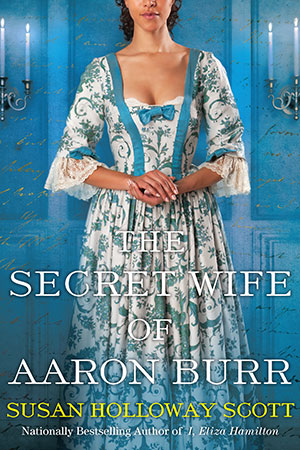Isabella reporting,
March is roaring in like a noisy lion, and with it comes a new historical romance from me. A RECKLESS DESIRE is on sale today, everywhere and in every format - ebook, print, and audiobook.
This is the third and final book in my Breconridge Brothers trilogy (the other books are A WICKED PURSUIT and A SINFUL SEDUCTION, which are both still available), but since each one is a stand-alone book, you won't feel lost if you jump in now - although of course I hope you'll want to read all three.
A RECKLESS DESIRE is my take on
Pygmalion and
My Fair Lady. Set in Georgian England, it's a story of transformation: by dreams, by hard work, and by love. Lucia di Rossi dreams of becoming a great actress and escaping her dreary life as a serving-maid in her family's dance troupe. One night backstage, an expansively drunk Lord Rivers Fitzroy makes a wager with a friend that he can transform any woman – even the mousy Lucia – into the queen of the London stage. When Lucia appears on Rivers' doorstep the following morning, ready to begin her training, he has no memory of either her or the wager, although he is intrigued by Lucia.
But what begins as a drunken bet and an intellectual challenge soon grows into something more - much more. Rivers isn't prepared for Lucia's raw talent or her fierce determination, and Lucia in turn is blindsided by just how attractive her bookish tutor turns out to be. And neither of them expect the fireworks that result when his intellectual reserve meets her impulsive emotions, or that the love and passion that result will change both their lives forever.
I'll be sharing some of the inspiration behind A RECKLESS DESIRE in future blogs - including the answer to that always-asked question "Where do you get your ideas?" - which in the case of this book, actually happened right here in plain sight on this blog.
You can buy A RECKLESS DESIRE, in both paperback and ebook formats, from Amazon
here, from Barnes & Noble
here, from Books-A-Million
here, and Powell's Books
here. You can also order both paperback and ebook editions directly from Random House
here.
For those of you in the UK, A RECKLESS DESIRE is published by Headline Books/Eternal Romance, who is offering it for sale
here. It's also available from your local bookseller, as well as from AmazonUK
here.









 One of us --
One of us -- 


